FIVE THINGS TO KNOW BEFORE WEARING CONTACT LENSES
Contact lenses are thin, clear plastic disks you wear in your eye to improve your vision. Contacts float on the tear film that covers your cornea.
Like eyeglasses, contact lenses correct vision problems caused by refractive errors. A refractive error is when the eye does not refract (bend or focus) light properly into the eye resulting in a blurred image.
Contacts can improve vision for people with these refractive errors:

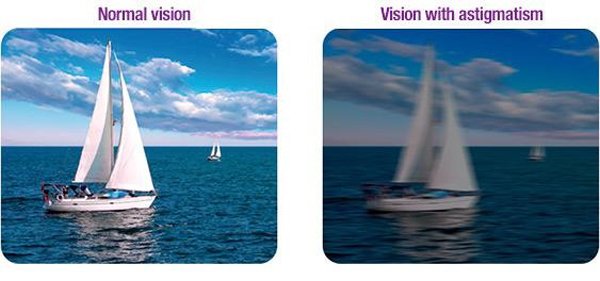
- myopia (nearsightedness)
- hyperopia (farsightedness)
- astigmatism (distorted vision)
- presbyopia (changes to near vision that normally happen with age)
Contacts are made from many kinds of plastic. The two most common types of contact lenses are hard and soft.
Hard contact lenses:
The most common type of hard contact lens is a rigid gas-permeable (RGP) lens. These lenses are usually made from plastic combined with other materials. They hold their shape firmly, yet they let oxygen flow through the lens to your eye.
RGP lenses are especially helpful for people with astigmatism and a condition called keratoconus. This is because they provide sharper vision than soft lenses when the cornea is unevenly curved. People who have allergies or tend to get protein deposits on their contacts may also prefer RGP lenses.
Soft contact lenses:
Most people choose to wear soft contact lenses. This is because they tend to be more comfortable and there are many options. Here are some types of soft lenses.
Daily wear contacts:
You wear these when you are awake and remove them when you go to sleep. Many are disposable, meaning that you wear a new pair of contacts each day. Or you might choose contacts that last longer and only need to be replaced once a week, every two weeks or every month. Some ophthalmologists recommend disposable daily wear contacts if you use them just once in a while.
Monthly Disposable Contact Lenses:
You can wear these contacts daily for up to a month. Unlike daily disposable lenses, the monthly contacts are reusable, and after usage, you can store them in fresh contact lens solution., Monthly contact lenses are long-lasting and more durable. However, you must rinse, clean and disinfect them regularly so that they do not cause any irritation or allergies in the eye.
Annually Disposable Contacts:
These contact lenses are Designed for longer time usage, these contact lenses provide extremely clear vision and comfort. The lenses, apart from being sturdy, are also convenient to use.
For example, Optima 38 is annually disposable contact lenses from Bausch + Lomb are manufactured using ‘Reverse Process III’ technology and are thinner than daily-wear soft lenses with low water content. These lenses are made from Polymacon, which offers lesser deposits.
Extended wear contacts:
You can wear these while you sleep, but they need to be removed for cleaning at least once a week. Fewer eye doctors recommend these contacts because they increase the chance of getting a serious eye
Toric contacts:
These can correct vision for people with astigmatism, though not as well as hard contact lenses. Toric lenses can be for daily or extended wear. But they often cost more than other types of soft contact lenses.
Coloured (tinted) contacts:
Vision-correcting contact lenses can be tinted to change the color of your eye. You can get them as daily wear, extended wear, and toric lenses.
Decorative (cosmetic) contacts.
These lenses change the look of your eye but do not correct vision. They include colored contacts and lenses that can make your eyes look like vampires, animals or other characters. Also, they are used to hide certain eye problems either present from birth or caused by injuries. Even though they do not correct vision, you need a prescription for decorative contacts. To avoid getting dangerous eye infections, these lenses must be treated like prescription contacts. This means cleaning them regularly and thoroughly as directed.
Decorative contact lenses can lead to serious eye problems.
Your eyes are very important—and very delicate. Make sure your contact lenses are medically safe and FDA-approved.
Contacts are not fashion accessories or cosmetics. They are medical devices that require a prescription from an eye care professional.
Non-prescription costume contacts can cause cuts, open sores and potentially blinding infections in your eyes. In addition to suffering severe pain, you may need surgery (such as a corneal transplant). In some cases, you could go blind.
Other types of contact lenses:
Contacts for presbyopia:
Presbyopia contacts are designed to correct the normal vision problems people get after age 40, when it becomes harder to see close objects clearly. There are different options for these corrective lenses.
These options include: bifocal or multifocal contact lenses, and monovision correction, where one eye wears a near vision lens and the other eye wears a distance vision lens.
Hybrid contact lenses:
These lenses have a rigid center surrounded by a soft outer ring. It combines the crisp vision of a hard lens with the comfort of a soft lens.
Bandage lenses:
These contacts do not have a prescription built into them. Instead, they cover the surface of your cornea for comfort after an injury or surgery.
Contact Lens Risks:
Contact lenses that are old or that do not fit well can scratch your eye. They can also cause blood vessels to grow into your cornea, a dangerous condition that threatens your vision.
Eye drops can cause problems with your contact lenses. It is best to avoid using any kind of eye drop when wearing contacts. However, you can use wetting drops or preservative-free lubricating drops as recommended by your eye doctor.
Remove your contact lenses and call your eye doctor right away if your eyes are very red, painful, watery or sensitive to light. Do the same if you have blurry vision or notice discharge (ooze or pus) coming from your eye. These can be symptoms of serious eye problems.
• Greater Risk of Eye Injections .
• Corneal Ulcer.
• Drooping or Eyelid.
• Dry Eyes.
• Vision less.
Take Proper Care of Your Contacts:
You must clean and disinfect any contact lens you remove from your eye before you put the lens back in. There are many types of cleansing systems. The choice depends on the type of lens you use, if you have allergies or if your eyes tend to form protein deposits. Ask your eye doctor what kind of cleaning solutions you should use.
Take special care to clean and store your lenses correctly to avoid dangerous eye infections.
Here is what you should do:
1. Be disciplined.
2. Disinfect any contact lens .
3. Cleaning.
4. Proper contact lens storage.
5. Keep your eye doctor informed.
• Keep the schedule your eye doctor gives you for wearing and replacing your lenses.
• Follow directions from your doctor, from the contact lens manufacturer, and from the lens cleaning solution manufacturer to clean and store your lenses. If you store your lenses in the case for a long time, read your instructions to see if you should re-disinfect them before wearing them. Never wear your contact lenses if they have been stored for 30 days or longer without re-disinfecting.
• Keep your eye exam appointments. Contact lenses can warp over time, and your cornea can change shape. To make sure your lenses fit properly, and the prescription is right for you, see your eye doctor regularly.
• Do not shower, swim, use a hot tub or doing anything where water gets in your eyes when wearing contacts. Water and contacts don't mix.
• Do not sleep in daily wear lenses.
CLEAN AND REWET CAREFULLY:

• Wash your hands with soap and water and dry them with a lint-free towel before touching your contact lenses.
• Use a “rub and rinse” cleaning method no matter what type of lens cleaning solution you buy. Rub your contact lenses with clean fingers, then rinse the lenses with ?• • • • solution before soaking them. Use this method even if the solution you are using is a “no-rub” type.
• Never put contacts in your mouth to wet them. Saliva (spit) is not a sterile solution.
• Do not rinse or store contacts in water (tap or sterile water).
• Never use a homemade saline solution.
• Do not use saline solution or rewetting drops to disinfect your lenses. They are not disinfectants.
• Use new solution each time you clean and disinfect your contact lenses. Never reuse or top off old solution.
• Do not pour contact lens solution into a different bottle. The solution will no longer be sterile.
• Make sure the tip of the solution bottle does not touch any surface. Keep the bottle tightly closed when you are not using it.
Care for your contact case:
• Keep your contact lens case clean. Rinse it with sterile contact lens solution (not tap water) then leave the empty case open to air dry.
• Replace the case at least every 3 months, or right away if it gets cracked or damaged.
Are Contacts Right for You?
Millions of people choose to wear contact lenses. However, they are not for everyone. You might not be able to wear them for the following reasons:
• You get a lot of eye infections.
• You have severe allergies or dry eyes that are hard to treat.
• You work or live where it is very dusty.
• You are not able to properly care for your contact lenses.
• Your cornea and tear film must be healthy for you to be comfortable and see clearly with contact lenses.
To safely wear contact lenses, you must be committed to caring for them properly and replacing them when needed. Talk with your ophthalmologist or other eye care professional to discuss your vision needs and expectations. They can help you decide if contacts are a good option for you.
How to Choose Contact Lenses:
Contact lenses are very simple to wear, but they can create a lot of problems if you don't choose the right ones for you. There are many different options available on the market today, and the choices may seem overwhelming. The best uses for each type of contact lens can help make your decision easy and leave you with the best choice for your eyes.
How to Choose Contact Lenses:
Contact lenses are very simple to wear, but they can create a lot of problems if you don't choose the right ones for you. There are many different options available on the market today, and the choices may seem overwhelming. The best uses for each type of contact lens can help make your decision easy and leave you with the best choice for your eyes.
.jpg)




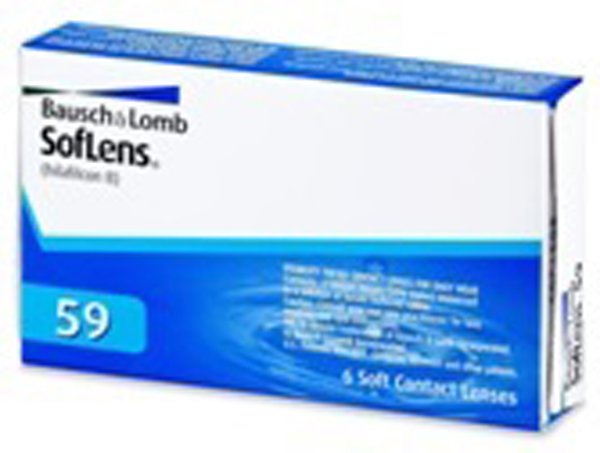

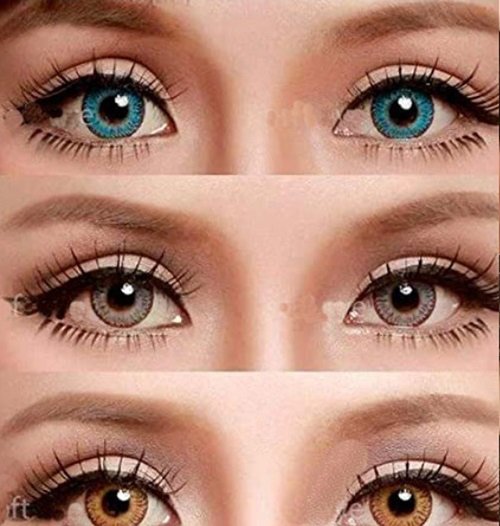
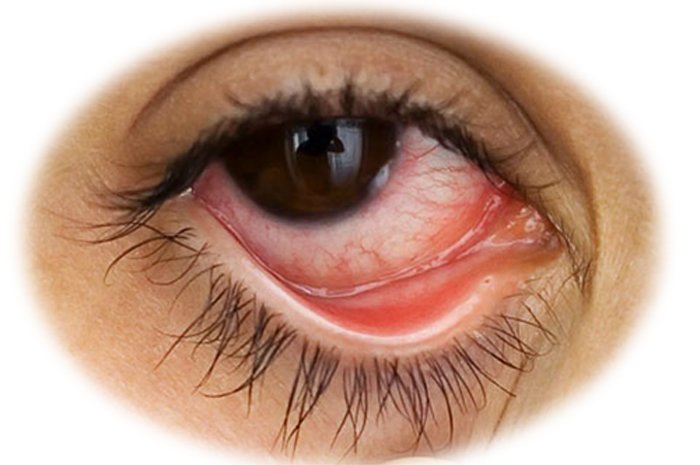


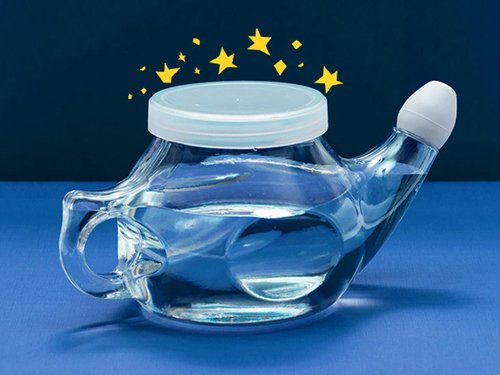
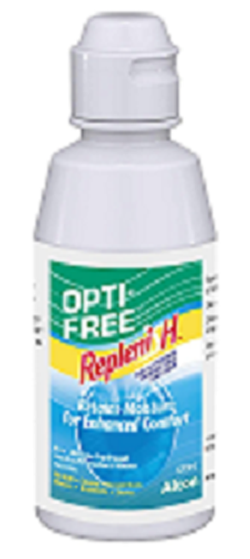
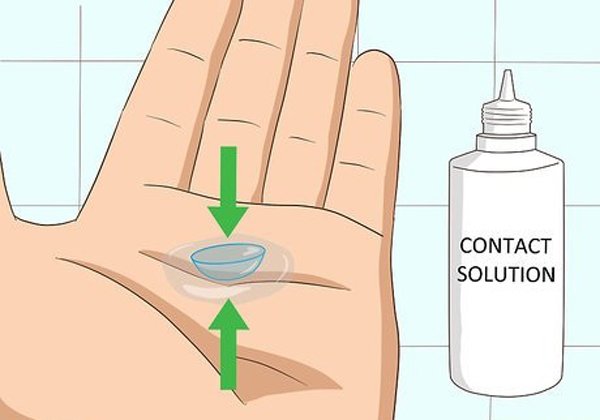
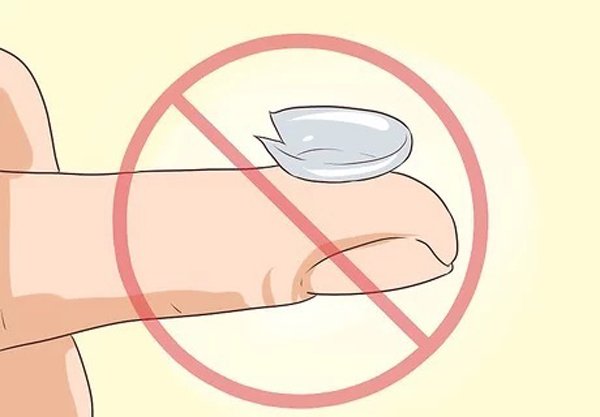
.jpg)
.jpg)
.jpg)
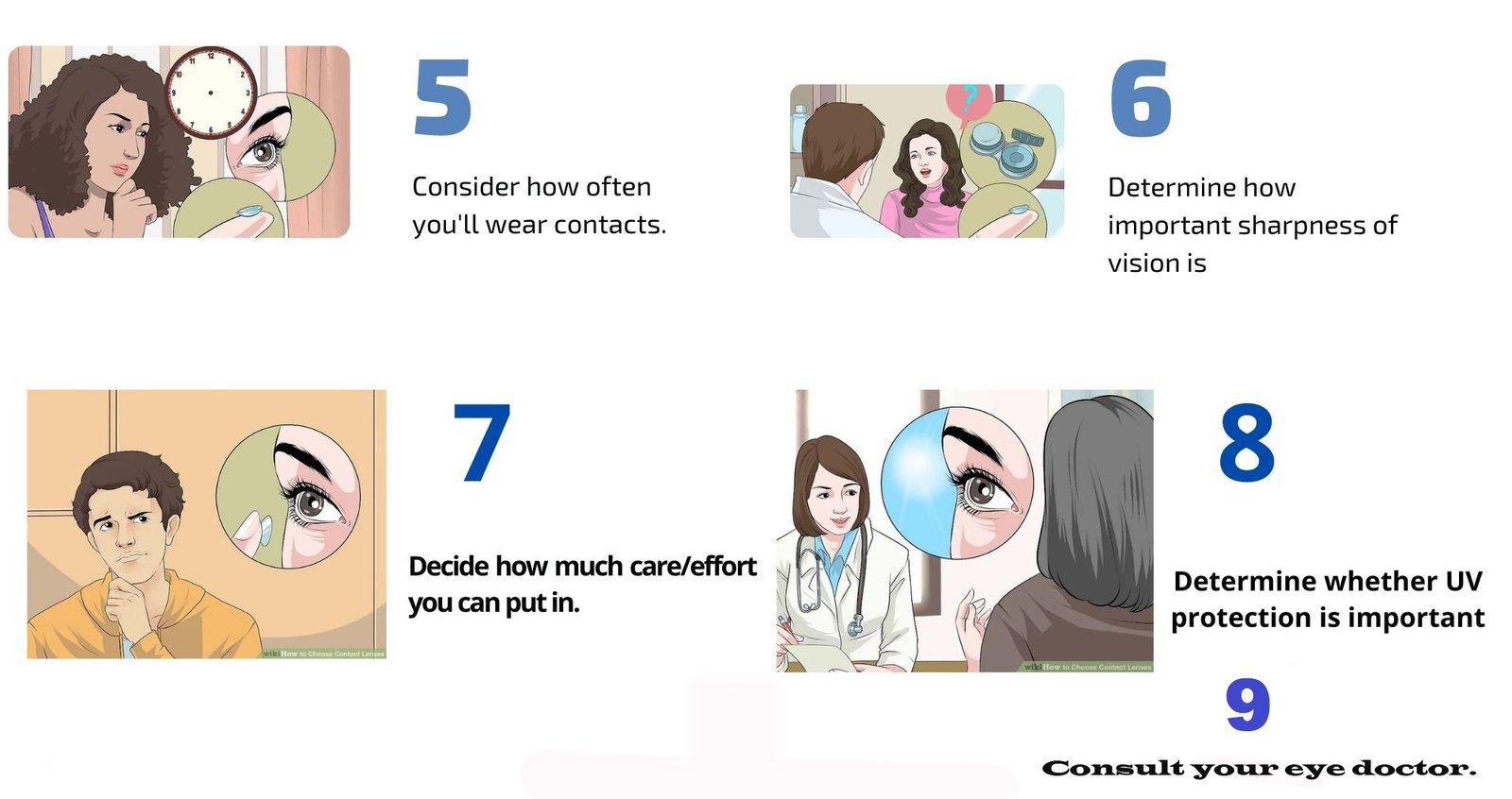
.jpg)
1.jpg)
Comments